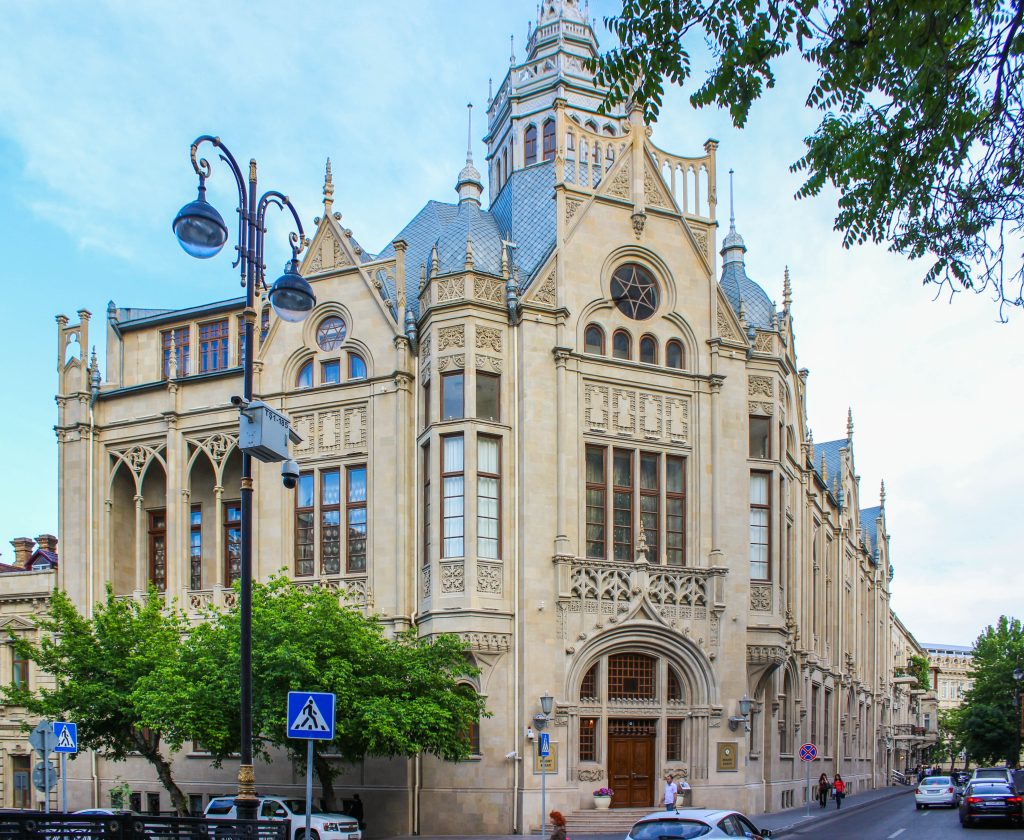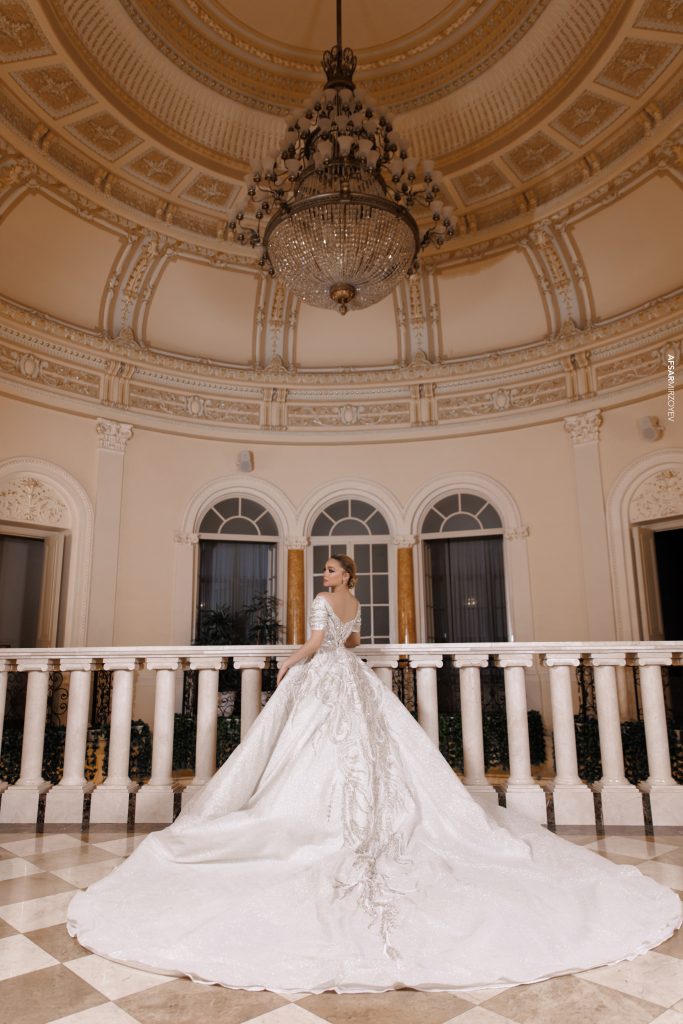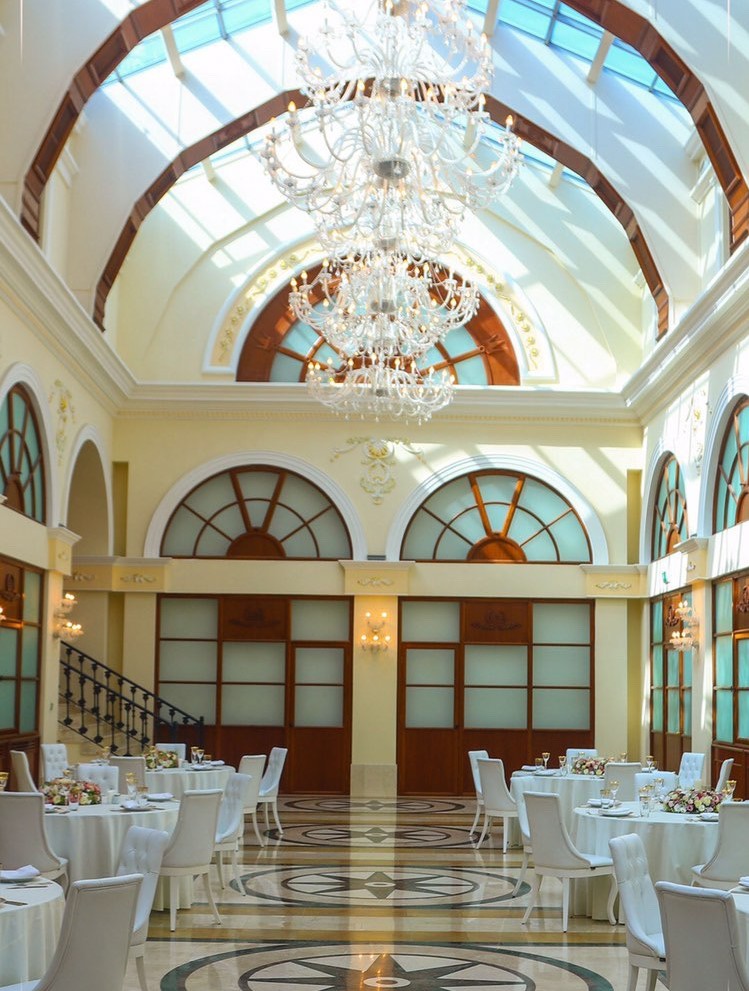The Palace of Happiness, also known as Saadet Sarayi, is one of Baku’s most enchanting landmarks. Originally built in the early 20th century as a wedding gift by oil baron Murtuza Mukhtarov for his beloved wife, this Gothic-inspired mansion is a symbol of love and devotion. Located in the heart of Baku, the palace’s intricate stone carvings, turrets, and dramatic facade make it a masterpiece of architecture, blending Azerbaijani heritage with European Gothic elements. Over the years, the palace has served many purposes and now stands as a cultural landmark, housing exhibitions and events that celebrate Azerbaijan’s artistic spirit. Stepping inside feels like entering a fairy tale—a tribute to both romantic love and the enduring charm of Baku’s architectural history.



